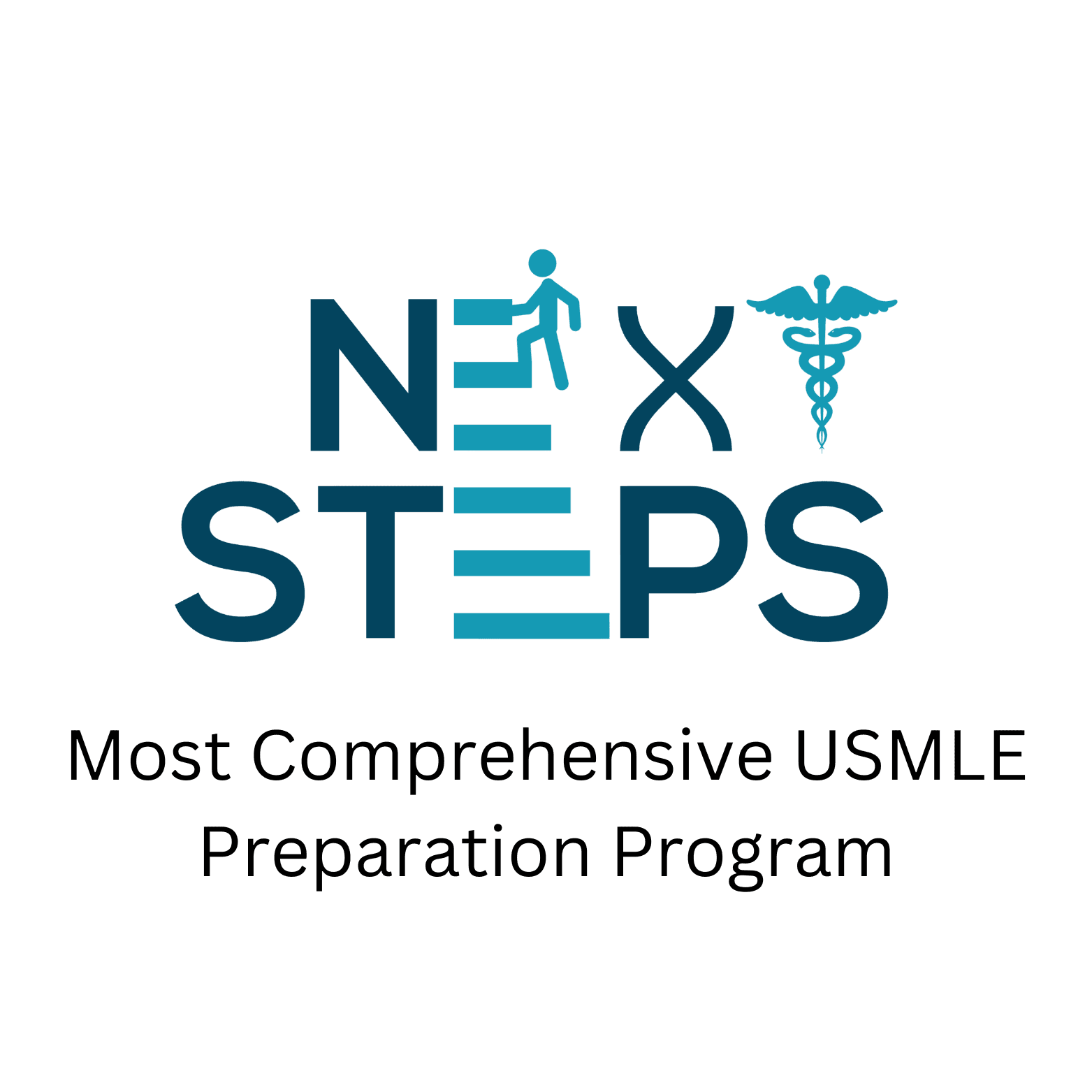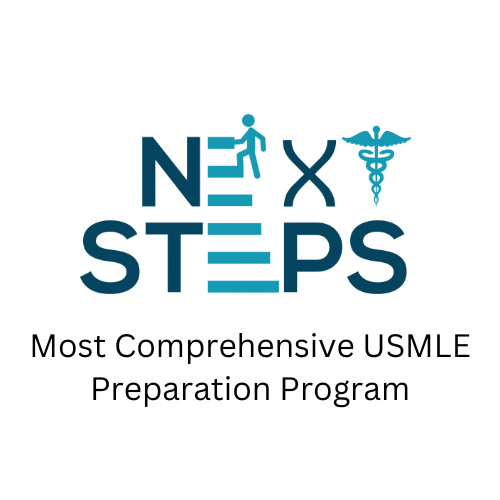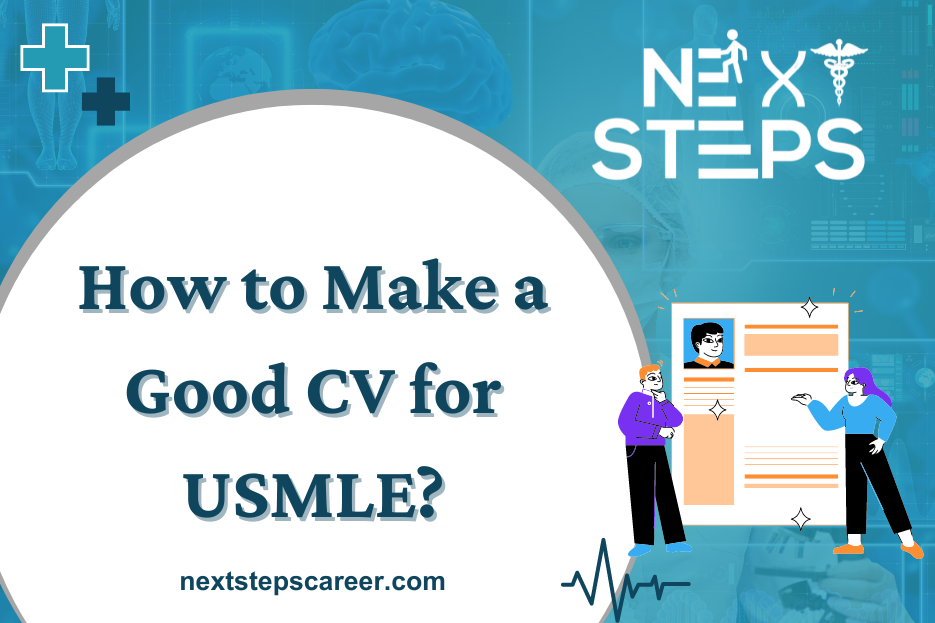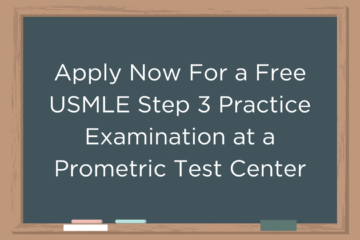Creating a strong Curriculum Vitae (CV) is a crucial step for medical graduates and international medical graduates (IMGs) preparing for the USMLE (United States Medical Licensing Examination) and applying for residency programs in the United States. A well-crafted CV not only highlights your qualifications and experiences but also sets you apart from other applicants. Here’s a comprehensive guide on how to make a good CV for USMLE.
Understand the Purpose of Your CV
Your CV is your professional story, detailing your education, experiences, skills, and achievements. It serves as a critical tool for residency program directors to evaluate your candidacy. A good CV should be clear, concise, and tailored to the requirements of the residency programs you are applying to.
Essential Components of a USMLE CV
1. Personal Information
- Name: Use your full name as it appears on official documents.
- Contact Information: Include your phone number, email address, and mailing address. Ensure your email address is professional.
- Photo: Some programs may request a photo. If so, use a professional headshot.
2. Education
- Medical School: List your medical school, degree obtained, and graduation date. Include any honors or distinctions.
- Undergraduate Education: Mention your undergraduate institution, degree, and graduation date.
3. USMLE Scores
- Step 1 and Step 2 CK Scores: Clearly list your USMLE Step 1 and Step 2 CK scores. High scores should be prominently displayed as they are critical to your application.
4. Clinical Experience
- Rotations and Clerkships: Detail your clinical rotations, including the specialty, location, and dates. Highlight any notable experiences or achievements.
- Electives and Observerships: Include any electives or observerships, especially those completed in the United States, as they demonstrate your exposure to the U.S. healthcare system.
5. Research Experience
- Research Projects: Describe any research projects you have been involved in, including your role, the focus of the research, and any publications or presentations resulting from the work.
- Publications and Presentations: List any peer-reviewed publications, abstracts, or presentations at medical conferences.
6. Work Experience
- Medical and Non-Medical Jobs: Include any relevant work experience, emphasizing roles that demonstrate your skills, leadership, and commitment to medicine.
7. Volunteer Experience
- Community Service: Highlight volunteer work, particularly in healthcare settings or community service projects. This showcases your dedication to serving others and your involvement in the community.
Addons of a USMLE CV
1. Professional Memberships
- Medical Societies: List memberships in medical societies or professional organizations, such as the American Medical Association (AMA) or specialty-specific societies.
2. Awards and Honors
- Academic and Professional Awards: Detail any awards or honors you have received, whether for academic excellence, clinical performance, or research contributions.
3. Skills and Certifications
- Languages: Mention any languages you speak fluently, especially if relevant to the patient populations you will serve.
- Certifications: Include relevant certifications, such as Advanced Cardiovascular Life Support (ACLS) or Basic Life Support (BLS).
4. Personal Interests
- Hobbies and Interests: Briefly mention hobbies and personal interests. This section can provide a more rounded view of you as a candidate and may serve as a conversation starter during interviews.
Tips for Crafting a Strong CV
1. Be Clear and Concise
- Use clear, professional language and avoid unnecessary jargon.
- Keep descriptions brief and to the point, ensuring that key information stands out.
2. Organize Chronologically
- List experiences in reverse chronological order, with the most recent experiences first. This format helps program directors quickly see your latest and most relevant activities.
3. Use Bullet Points
- Bullet points make your CV easier to read. Use them to list responsibilities, achievements, and other key details under each section.
4. Tailor Your CV
- Customize your CV for each application, emphasizing experiences and skills most relevant to the specific residency program or specialty.
5. Proofread Thoroughly
- Spelling and grammar errors can detract from your professionalism. Proofread your CV multiple times and consider having a mentor or colleague review it.
6. Highlight US Experience
- If you have completed clinical rotations, observerships, or research in the United States, highlight these experiences. They demonstrate familiarity with the U.S. healthcare system and residency expectations.
7. Include Quantifiable Achievements
- Where possible, include quantifiable achievements, such as the number of patients managed, specific outcomes from research projects, or measurable improvements in clinical settings.
Final Thoughts
A well-constructed USMLE CV is a vital component of your residency application. It provides a comprehensive overview of your qualifications and experiences, helping you stand out in a competitive field. By following the guidelines and tips outlined in this blog, you can create a compelling CV that effectively showcases your strengths and readiness for a U.S. medical residency program.
Invest the necessary time and effort into perfecting your CV, and it will serve as a strong foundation for your residency applications, increasing your chances of securing interviews and ultimately matching into your desired program.




